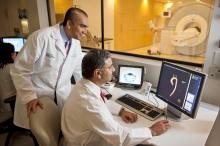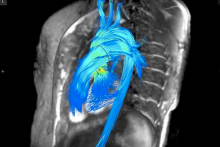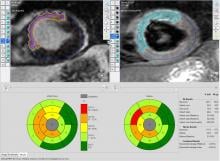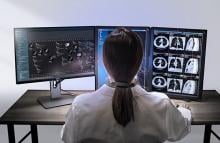Clinical research has revealed men and women often have different presentations for cardiovascular disease (CVD). This includes sex differences in terms of symptom presentation, diagnostic imaging and lab values. This may result in poor outcomes for women, whose symptoms do not match the classic presentations in males suffering from coronary ischemia.
If you enjoy this content, please share it with a colleague
- Read more about Diagnostic Differences in Women’s Heart Health
- Log in or register to post comments










